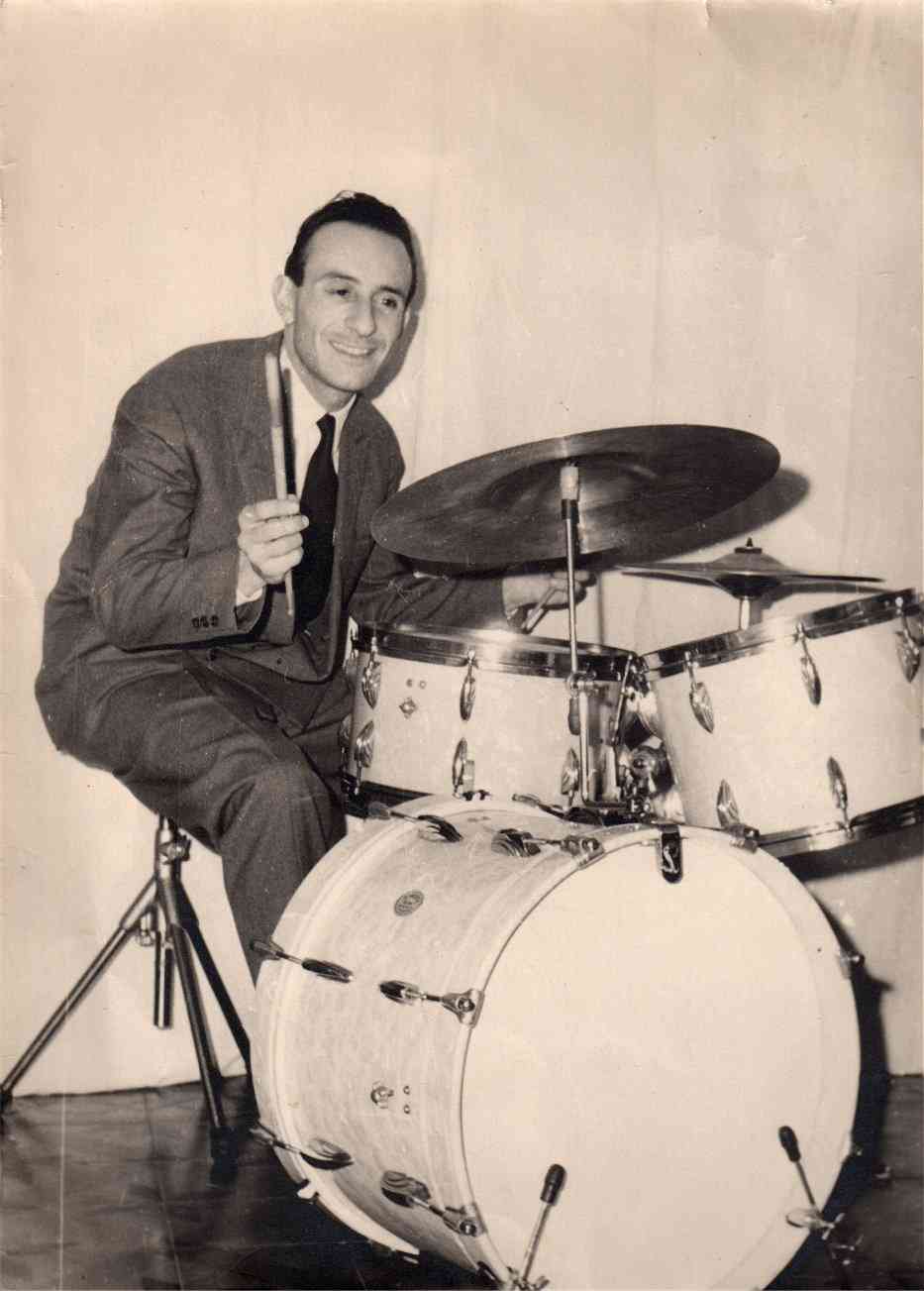Crash/ride on:
[Wikipedia]
[Google]
[Amazon]
 A crash/ride cymbal is a medium weight, slightly tapered
A crash/ride cymbal is a medium weight, slightly tapered 
cymbal
A cymbal is a common percussion instrument. Often used in pairs, cymbals consist of thin, normally round plates of various alloys. The majority of cymbals are of indefinite pitch, although small disc-shaped cymbals based on ancient designs soun ...
, normally in the range, designed to serve in a drum kit
A drum kit (also called a drum set, trap set, or simply drums) is a collection of drums, cymbals, and other Percussion instrument, auxiliary percussion instruments set up to be played by one person. The player (drummer) typically holds a pair o ...
as both a crash
Crash or CRASH may refer to:
Common meanings
* Collision, an impact between two or more objects
* Crash (computing), a condition where a program ceases to respond
* Cardiac arrest, a medical condition in which the heart stops beating
* Couch ...
and a ride cymbal The ride cymbal is a standard cymbal in most drum kits. Its function in the kit is to maintain a beat,Schroedl, Scott (2001). ''Play Drums Today!'', p.7. Hal Leonard. . "It's called the ride cymbal because you 'ride' on it--that is, you maintain a ...
.
A ride/crash cymbal is similar in design and function to a crash/ride, but slightly heavier and/or less tapered to optimise the ride rather than the crash function. It is far less common than the crash/ride.
Crash/ride and ride/crash cymbals have several uses:
* In a very small kit, one may be the only suspended cymbal, used as both crash and ride.
** Some beginners' cymbal packs have only three cymbals: A pair of hi-hats, and a crash/ride.
However most cymbal packs even at entry level have separate ride and crash cymbals, and the drum hardware pack
Drum hardware refers to the parts of a drum or drum kit that are used to tension, position, and otherwise support the instruments themselves.
Occasionally, the hardware is used percussively as well, the most common example being a rim shot. John ...
s sold with most drum kits include stands for two suspended cymbals.
** Many early drum kits had only one tom and one cymbal, both mounted on the bass drum. This cymbal would nowadays be called a ''crash/ride''; At the time it would simply have been called a ''medium'', if anything.
* In a large kit, they bridge the gap between the largest crash cymbal and the smallest ride.
* At very soft volumes, one will provide a more conventional ride tone than a full-sized ride cymbal.
* At very loud volumes, they provide fuller and longer crashes than conventional crash cymbals, which may sound for too short a time.

References
Cymbals {{Cymbal-stub